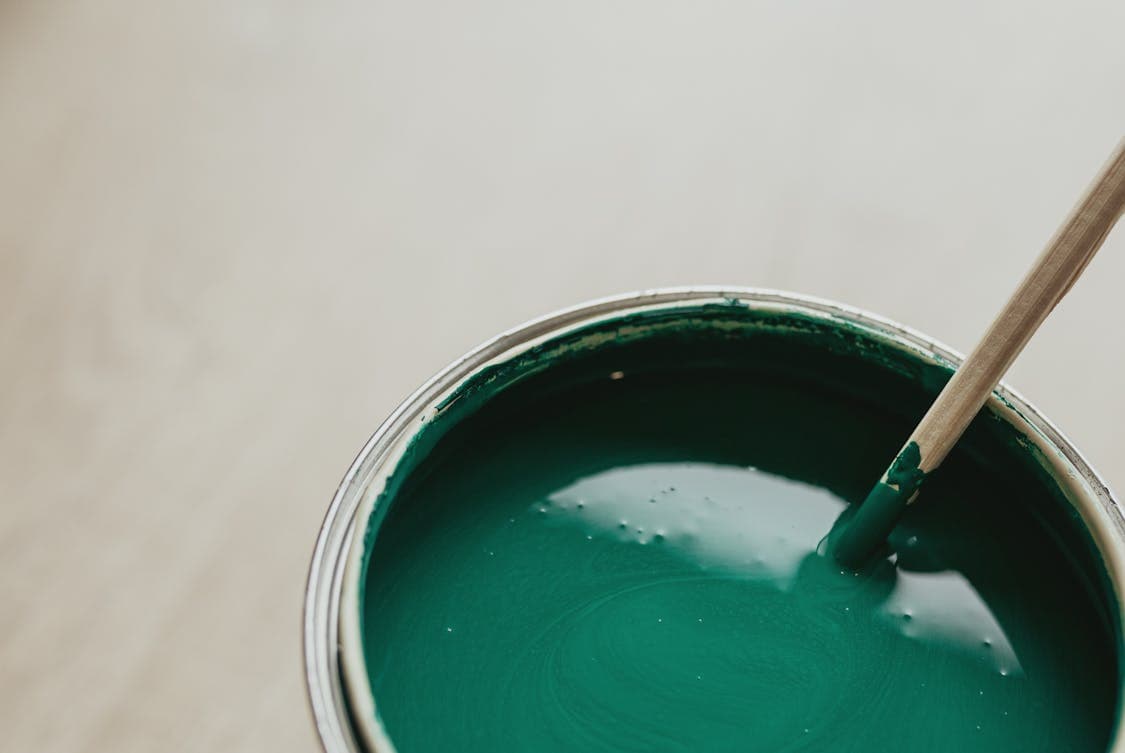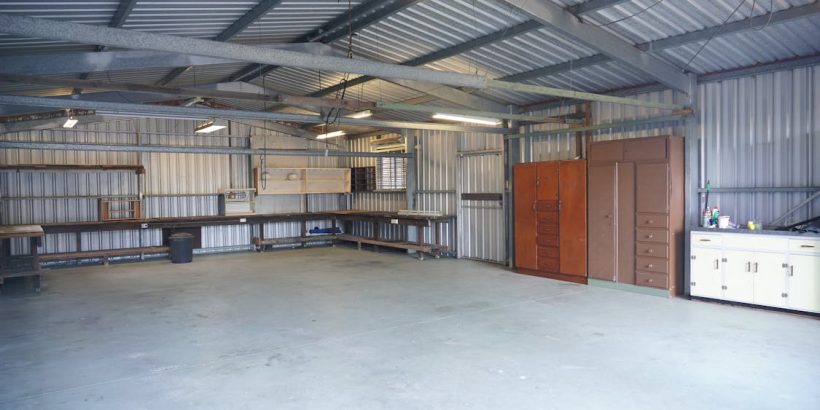Applying epoxy to a garage floor can be a rewarding project, transforming a dull, cracked surface into a shiny, durable finish. However, before you take the plunge, proper preparation is key.
Let’s walk through the essential steps needed to prepare your garage floor for epoxy application.
Assessing the Floor Condition
Start by taking a good look at your garage floor. Is it concrete? Are there cracks, stains, or signs of wear?
Understanding the current state of your floor helps you determine the necessary prep work. If the floor has significant damage, such as large cracks or spalling, repairs will need to be made before you proceed.
Look for oil stains or any substances that could interfere with the epoxy’s adhesion. If you spot any, don’t fret; these can be cleaned up. Determining how extensive the repairs need to be will help you plan your time and materials accordingly.
Cleaning the Surface
Once you’ve assessed the condition, it’s time to clean. A clean surface is vital for a successful epoxy application. Start with a broom or vacuum to remove dust and debris. After that, wash the floor with a mixture of warm water and a suitable degreaser to remove any oils or grease.
For stubborn stains, consider scrubbing with a stiff-bristle brush. Rinse the area thoroughly to ensure no cleaning solution remains. Allow the floor to dry completely before moving onto the next step. A wet floor is a recipe for failure when it comes to epoxy.
Repairing Cracks and Imperfections
If you’ve found any cracks or holes during your initial assessment, these need to be repaired before applying epoxy. Use a concrete repair compound for larger cracks. Follow the instructions on the product label for best results.
For small hairline cracks, a simple epoxy filler might suffice. Apply fillers with a putty knife, smoothing them down to level with the surrounding concrete. Once repaired, give everything ample time to cure before proceeding to the next step. Patience here can save you headaches later.
Grinding the Surface
Now we reach a pivotal part of the prep process: surface grinding. This step is crucial for ensuring that the epoxy adheres properly.
Use a concrete grinder or a floor sander equipped with coarse diamond grinding pads. This process roughens up the surface, providing a better texture for the epoxy to cling to.
If safety is a concern, especially in high-traffic areas, it’s worth exploring slip‑resistant garage floor solutions that add extra traction without compromising the look.
Pay special attention to any areas that may feel smooth or glossy; the goal here is to create a profile that the epoxy can latch onto. Once you’ve ground the surface, vacuum up the dust and debris to keep the workspace clean.
Etching the Concrete
If grinding isn’t an option, etching is an alternative method. You can use an acid etching solution, which typically contains muriatic acid. Mix it according to the manufacturer’s instructions, applying it evenly across the floor.
Make sure to wear protective gear, including gloves and goggles, when handling acids. After application, scrub the surface with a stiff-bristle brush to ensure complete coverage. Rinse thoroughly and allow it to dry completely before moving on.
Checking Moisture Levels
Moisture can be the enemy of epoxy applications. Before proceeding, check the moisture levels in your concrete.
One way to do this is by placing a plastic sheet on the floor and sealing the edges with tape. Leave it for 24 hours, and if condensation forms underneath, your floor may be too damp for epoxy.
If moisture is a concern, consider using a moisture barrier or waiting until conditions are drier. Applying epoxy over a damp surface can lead to peeling and bubbling, resulting in a less-than-perfect finish.
Preparing Ambient Conditions
Temperature and humidity play a significant role in the success of an epoxy application. Ideally, the garage should be between 60°F and 85°F (15°C and 29°C) with low humidity levels. If your garage is too cold or humid, epoxy may not cure properly.
Consider using heaters or fans to regulate the environment if necessary. The preparation isn’t just about the floor; it’s also about creating the right conditions for the epoxy to adhere and cure effectively.
Gathering Materials and Tools
Before you start applying epoxy, make sure you have all the necessary materials and tools. This includes the epoxy kit, roller trays, rollers, and a brush for corners and edges. Don’t forget safety gear, including gloves and a mask, to protect yourself from fumes.
Having everything on hand will streamline the application process, allowing you to focus on getting the job done right instead of running back and forth to grab supplies.
Mixing the Epoxy

Once you’re ready to apply the epoxy, mix it according to the manufacturer’s instructions. It’s critical to follow the mixing ratios closely to ensure proper curing. Use a clean mixing bucket and a paint stick or drill mixer to combine the components thoroughly.
Take care not to over-mix, as this can introduce excess air bubbles into the mix. Once mixed, try to apply the epoxy within the specified timeframe, as it can begin to set quickly.
Applying the Epoxy
Now that your garage floor is prepped and your epoxy is mixed, it’s time to apply. Start in a corner and work your way out, using a roller to apply even coats. Be careful not to overload the roller, as this can lead to drips and uneven patches.
For edges and corners, a brush will help you achieve a clean finish. Aim for two coats of epoxy, allowing the first coat to cure fully before applying the second. This will ensure a durable and attractive finish.
Adding Decorative Elements
If you want to enhance the appearance of your epoxy floor, consider adding decorative flakes or quartz during the application. Sprinkle them onto the wet epoxy to create a textured look. This not only adds visual interest but can also help hide imperfections.
Make sure to follow the manufacturer’s guidelines for the right amount of flakes or quartz to use. Too much can overwhelm the surface, while too little may not achieve the desired effect.
Final Curing and Drying Time
Once applied, let the epoxy cure according to the manufacturer’s instructions. This is an essential part of the process, as rushing will likely lead to a subpar finish. Avoid walking on or parking vehicles on the surface until the epoxy has fully cured.
Keep the area well-ventilated during the curing process, as this can help disperse any lingering fumes. Patience here pays off with a beautiful, durable floor that will stand the test of time.
By following these preparation steps diligently, you’ll not only enhance the aesthetic appeal of your garage but also extend the life of the floor beneath your feet. Enjoy your new space!

